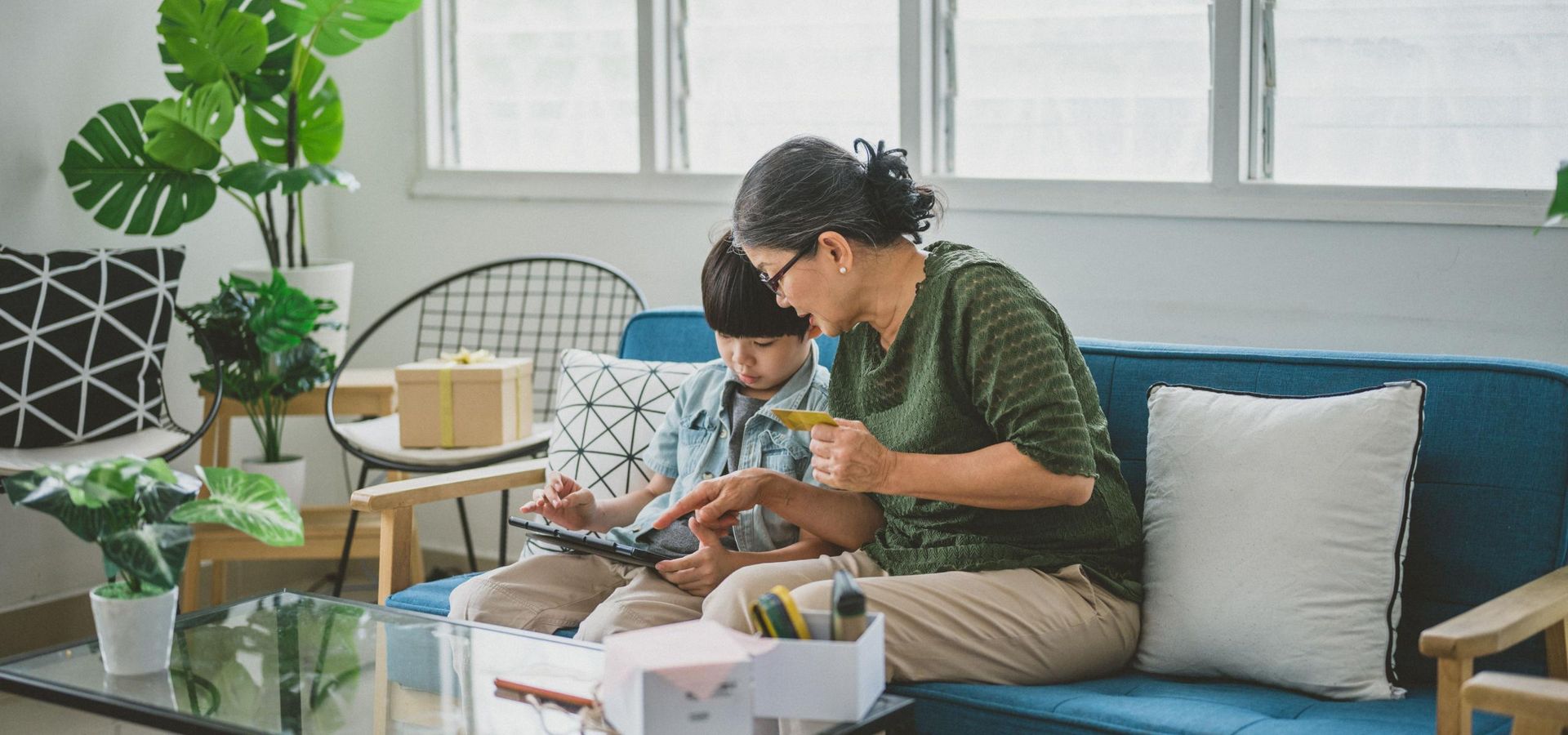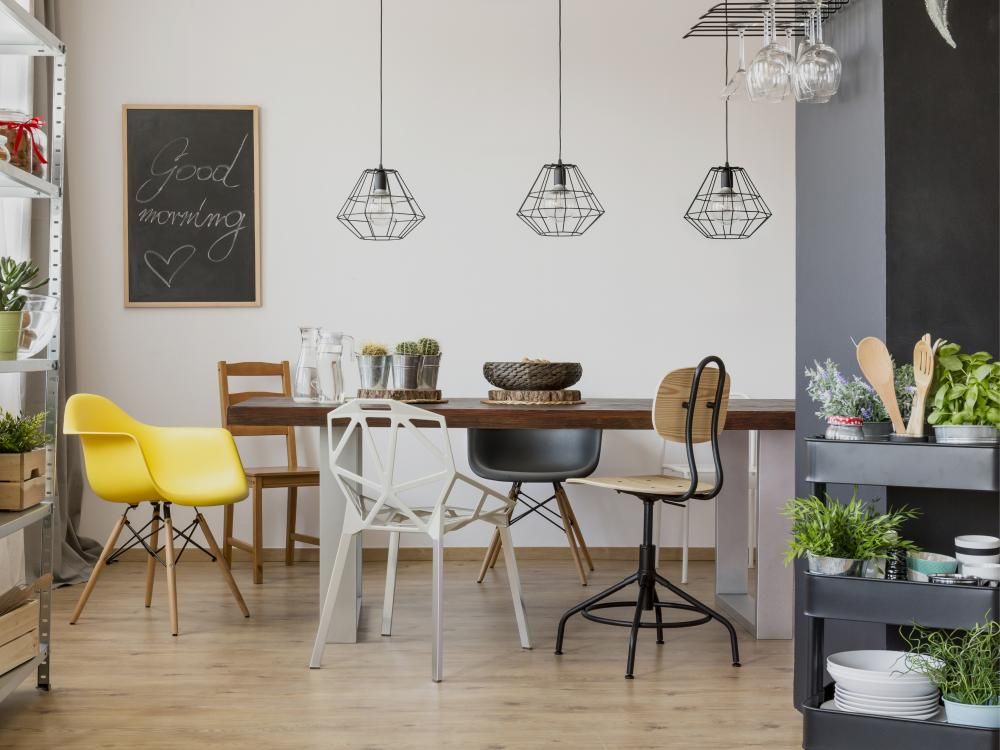
Virtual stores: types, technologies, examples & integrations
November 15, 2023

by Itransition Editorial Team
Immersive technologies are becoming the new staples of ecommerce services. Itransition helps forward-thinking retailers incorporate extended reality into their shopping solutions to create memorable customer experiences and increase engagement, brand loyalty, and conversions.
Virtual stores in retail: a market overview
$5.5 bn
expected global virtual reality in retail market size by 2028
Valuates Reports
32%
of VR users tested products/browsed stores via VR before making a purchase
PwC
48%
are interested in immersive shopping experiences in the next 5 years
McKinsey
Key features
Virtual reality stores are equipped with essential AR/VR-specific features to enable enhanced customer experiences and better engagement.

Store editor
The store editing tool enables users to modify virtual stores, from the entire shopping environment to placing new products on a particular shelf.
- Editing with SKU catalogs, store layouts, and planogram templates
- Changing in-store lighting, item placement, and product metadata
Virtual clienteling
A retailer’s sales staff can proactively engage with shoppers during online store browsing, delivering the same level of personalized, one-on-one experiences and support that customers can enjoy in stores.
- Live chats
- AI-powered chatbots
- Video calls
- Social messaging channels
- Co-browsing
Gamification & engagement
Capitalizing on human competitiveness and a sense of accomplishment, ecommerce companies can incorporate game elements into their shopping ecosystem to stimulate more interactions, foster customer loyalty, and build trust.
- Rewards, such as discount codes or free items
- Progress bars
- Challenges
- Virtual environments
- In-game currency
Product information
By tapping a product, customers can get detailed information about it and look over different product parameters.
- Pop-up information about products, e.g., price, usage tips
- Exploration by item configuration, e.g., color, size, pattern
High-quality media
With high-quality images and videos, retailers can showcase their products in detail so that customers can explore them before buying.
- High-definition photos and videos
- Rotatable 3D images
- 360-degree videos
Data analytics
Retailers can track VR-specific metrics to better understand customers’ interests and behavior based on their interactions, movements, and vision.
- User gaze analysis
- Object engagement
- Device performance
- Data visualization
Planning to enhance customer experience with virtual reality?
Types of virtual stores & their services
Retailers use virtual reality to deliver different degrees of immersion and interaction with customers in their virtual stores.
By making online products “tangible,” brands enhance and improve buyer confidence and, in turn, reduce returns. Customers are more likely to click "add to cart," resulting in an increase in purchases.

Jay Soni
Marketing Director at Yorkshire Fabric Shop
Best for
Virtual try-on
Best for
Virtual try-out
Best for
3D webstore
Best for
Live video consultations
Best for
AR user manuals
Best for
3D product configurator
Best for
360-degree view catalogs
Best for
Our services
Virtual store consulting
Our experts help businesses in the retail industry on their way to AR/VR adoption and provide ecommerce consulting services for existing virtual stores.
- Business analysis
- Technology recommendations
- Investment estimate
- Step-by-step project planning
- Improvement opportunities
Virtual store implementation
We create virtual stores with realistic presentations of the product assortment and mechanisms to immerse customers into interactive shopping experiences.
- 3D content creation
- Product configurator setup
- AI-powered chatbot integration
- Augmented reality app development
Virtual store examples
AiBUY, the owner of a shoppable video platform, teamed up with Itransition to make their solution more interactive. The platform enables buyers to purchase items right from the videos they are watching and lets sellers embed links to their store or products into any video or image. Driven by machine learning algorithms, the solution automatically recognizes items among 1.5 million images and recommends the closest matching products, delivering exclusive omnichannel experiences for customers and increasing visibility and conversion rates for brands.
The Nike Fit app allows users to accurately determine their shoe size by pointing a smartphone camera at their feet. The app scans the feet, maps the dimensions of each foot individually using a 13-point measuring system, and matches the size to the internal volume of their shoes. Nike reveals that this AR feature significantly increases the likelihood of a purchase because consumers are confident they’ve selected the correct size.
In 2022, Bloomingdale’s introduced a virtual store designed in partnership with Emperia to celebrate the department store’s 150th anniversary. The virtual retail space features collections from several brands placed in three unique rooms and offers 360-degree views of exclusive luxury products. In addition, customers can take a subway tour around the virtual store, watch a video of Bloomingdale’s brand evolution to date, play games, and unlock special surprises. The store creates a new, innovative online shopping experience, putting customers front and center.
IKEA has launched an AR-powered IKEA Place app that allows customers to virtually try out furniture and decorations in real-life settings. Users can scan their rooms and digitally place 3D items from the IKEA catalog into their living spaces while the app accurately scales items based on the room’s dimensions. The solution attracted new, younger audiences and significantly increased IKEA's store traffic.
Dyson, a British technology company, allows customers to interact with its products in virtual reality. For example, customers can virtually clean the floor with Dyson’s newest cordless vacuum or see what hairstyle they can get using their hairdryer. Moreover, in their virtual store, Dyson uses actual design data, making sure that virtual representations accurately reflect actual product dimensions.
Sephora, a global beauty brand, has released an AR app that allows users to virtually try on makeup products before buying. An AI tool accurately detects and tracks face elements and lets shoppers see how skin foundations, eyeliners, and lipsticks will look on their faces. The app can also analyze facial features to recommend matching products and offer customized virtual step-by-step makeup tutorials. Eight weeks after its launch, the app saw 1.6 million visits with 45 million try-ons.
Valuable virtual store integrations
By integrating virtual stores with their ecommerce sites, businesses can synchronize product catalogs, prices, and item availability information between the two systems and automatically add 3D images to corresponding SKUs.
Predictive analytics tools help retailers obtain valuable insights to deliver unique experiences for every customer, predict demand, and understand future shopping trends when planning merchandising to better reach the target audience.
Chatbots
Retailers can integrate AI-powered chatbots into their virtual stores to provide customers with virtual assistants that can give accurate, human-like answers to text or voice questions, recommend relevant products, and support customers during virtual shopping.
Video calling app
To make customers feel truly connected to the brand, virtual stores can be equipped with video calling apps for real-time video chats with sales associates during shopping. Customers can revisit those call recordings to get tips shared during the consultation.
Pay-by-link technology
With remote payment solutions, retailers can send customers a secure link with the amount payable and the purchase description via the in-app chat, email, SMS, or messaging apps.
Virtual store technologies
AR/VR technologies provide customers with an engaging and interactive experience, resulting in a memorable encounter, a happy sale, and increased possibilities of customers returning.

Bram Jansen
Chief Editor of vpnAlert
Augmented reality overlays real-time digital content on top of real-world environments and objects captured with the user’s mobile camera. The AR software uses depth tracking and computer vision to analyze the video stream as well as recognize and enhance objects.
Virtual reality
Virtual reality allows retailers to create computer-simulated shopping environments that replace users’ real-world spaces as they put on VR headsets. The technology can track users’ body motions to provide 360-degree immersive experiences.
WebAR
WebAR delivers augmented shopping experiences via the mobile web browser and doesn’t require installing a dedicated application. Instead, users can access WebAR content simply by scanning a QR code or tapping on a web link, which makes the virtual buying journey easy and seamless.
3D modelling
Serving as the foundation of AR/VR experiences, three-dimensional digital models represent physical objects, such as products and customers’ bodies, that users can interact with virtually.
Self-learning ML algorithms can process vast amounts of customer data to provide relevant product recommendations, personalize buying experiences based on previous shopping behavior, and ensure realistic conversations with chatbots and virtual assistants.
Upgrade your store with interactive virtual simulations
Virtual shopping in the metaverse
Defined as “the envisioned future iteration of the internet made up of 3D virtual spaces linked within a perceived virtual universe” by McKinsey, the metaverse will provide retailers with additional customer touchpoints along the buying journey and new, previously inaccessible ways to engage with customers, drive conversions, and increase customer loyalty.
74%
of US adults have joined or are considering joining the metaverse
Statista
75%
of global executives believe interacting with customers in the metaverse will become commonplace
Shopify/Ipsos
$65.5 bn
the global metaverse market size in 2022, set to grow at a CAGR of 41.6% to 2030
Grand View Research
Opportunities for virtual retail in the metaverse
- Enhanced personalized retail experiences beyond space and time with complete virtual accessibility to products
- Virtual shopping with friends or sales assistants facilitated by the use of customizable 3D digital avatars representing customers
- AI-powered outfit recommendations based on users’ existing clothes stored in virtual wardrobes
- Generation of new digital clothes to be worn virtually by avatars in VR environments
Our data indicates that the majority of younger consumers want to be able to shop their favorite brands anywhere they go online, including on metaverse platforms. These shoppers have grown up with online videogames, esports and social media and many of them see the emerging metaverse as a modern-day mall—a connected virtual world where they can hang out, shop and socialize. For retail brands, these survey findings highlight the importance of creating sound metaverse commerce strategies today that will resonate with consumers over the coming years.

Neha Singh
CEO of Obsess
by generation, hours per day
Scheme title: Expectations of time spent in metaverse in 5 years
Data source: mckinsey.com — Probing reality and myth in the metaverse, 2022
Benefits of virtual stores
By creating virtual stores, retailers can gain a competitive advantage and future-proof their brand while unlocking multiple business benefits.
Increased sales
By enabling customers to see how products look on them or in their homes, companies can drive more sales.
Improved customer engagement
With captivating hands-on experiences provided by virtual stores, retailers can increase engagement and establish meaningful emotional connections with their customers.
Streamlined marketing research
Virtual stores enable companies to conduct marketing research and test different store layouts and concepts using significantly fewer resources.
Personalized experiences
Virtual stores enable retailers to analyze customer shopping behavior in detail and create highly personalized interactive experiences.
Lower return rates
Since customers can explore and visualize products in almost natural settings, they feel more confident in their purchase decisions and are less likely to return items.
Stronger brand awareness
Still being a novel concept, virtual stores and the catchy user experiences they create generate word-of-mouth marketing for a brand and differentiate it from competitors.
Faster employee training
Retailers can train new hires in a safe environment of virtual stores, minimizing the risk of costly mistakes and speeding up onboarding.
Unbound accessibility
Virtual stores enable customers to shop anywhere by exploring virtual replicas of brick-and-mortar stores or branded virtual worlds.
Virtual store implementation barriers & possible solutions
Barrier
Solution
Slow loading
Virtual stores can perform poorly if the internet connection is too weak.
Virtual stores can perform poorly if the internet connection is too weak.
Heavy 3D models should be optimized by reducing the number of model planes while presenting a realistic product illustration to ensure that extended reality stores load fast, particularly on mobile devices.
Unrealistic display
Virtual objects can look unrealistic in real-world settings on a mobile screen.
Virtual objects can look unrealistic in real-world settings on a mobile screen.
Developers should apply a depth-from-motion approach when building an AR app to create true-to-life occlusions for virtual objects. In this case, no additional sensors are required on mobile devices.
User adoption barriers
Since immersive technologies are still relatively new, some customers can have concerns about the new type of shopping or the lack of special equipment that can prevent them from visiting virtual stores.
Since immersive technologies are still relatively new, some customers can have concerns about the new type of shopping or the lack of special equipment that can prevent them from visiting virtual stores.
Businesses can initiate informational marketing campaigns to highlight all the possible benefits of shopping in the VR environment for customers. To handle the problem of costly head-mounted displays, brands can instruct customers on device rental opportunities. However, companies opting for AR experiences only need to raise awareness about their virtual shopping app because no additional hardware is required for it to function.

Engage customers with virtual shopping experiences
Whether with a partial AR or fully virtual VR immersion, virtual stores provide a more natural shopping experience and can significantly improve customer engagement and brand reputation, enable hyper-personalization, and allow for advanced marketing and research activities. While today some retailers may hesitate to invest in innovative technology, virtual shopping is highly likely to be the future of retail. At Itransition, we advise companies to start exploring virtual shopping opportunities as early as possible, and we can help retailers launch immersive virtual stores to delight customers and outperform competitors.

FAQs about virtual stores
What is the cost of a virtual store?
The final cost of a virtual store depends on the elements of virtual store experience you want to add, the number and complexity of 3D models, types of targeted devices, integrations, and the software development team's pay rate. The price of a simple VR app can start at $10,000, while complex solutions will cost up from $100,000.
How long can it take to launch a virtual store?
The duration of development is strongly affected by the app’s functionality and the complexity of its elements and can vary from several months to a year or more.
Can I make 360-degree product images myself?
You can create 360-degree product images using 3D product imaging software. However, such 3D models can be of subpar quality and without the required level of detail. That’s why we recommend hiring skilled 3D modeling specialists to let you showcase your products in the most appealing way.

Service
Computer vision services and solutions
Explore our computer vision consulting and development services, along with top branches, use cases, adoption guidelines, tech stack, and benefits.

Service
Machine learning consulting services & solutions we deliver
Explore our range of machine learning consulting services, along with related technologies, use cases, implementation roadmap, and payoffs.
.jpg)
Service
Customer experience consulting
Partner with Itransition to supercharge your customer centricity with customer experience software made for your exact needs.

Service
Ecommerce portal development: our services & expertise
Itransition offers comprehensive ecommerce portal development services to help companies implement high-performance solutions tailored to their business needs.

Case study
BI platform with AI and computer vision for a fashion retailer
Learn how Itransition delivered retail BI and deployed an ML-based customer analytics solution now processing 10TB of data.

Case study
A furniture manufacturing software suite
Read the story behind Itransition’s 5-year collaboration with a leading UK furniture manufacturer on web, mobile and VR solutions.